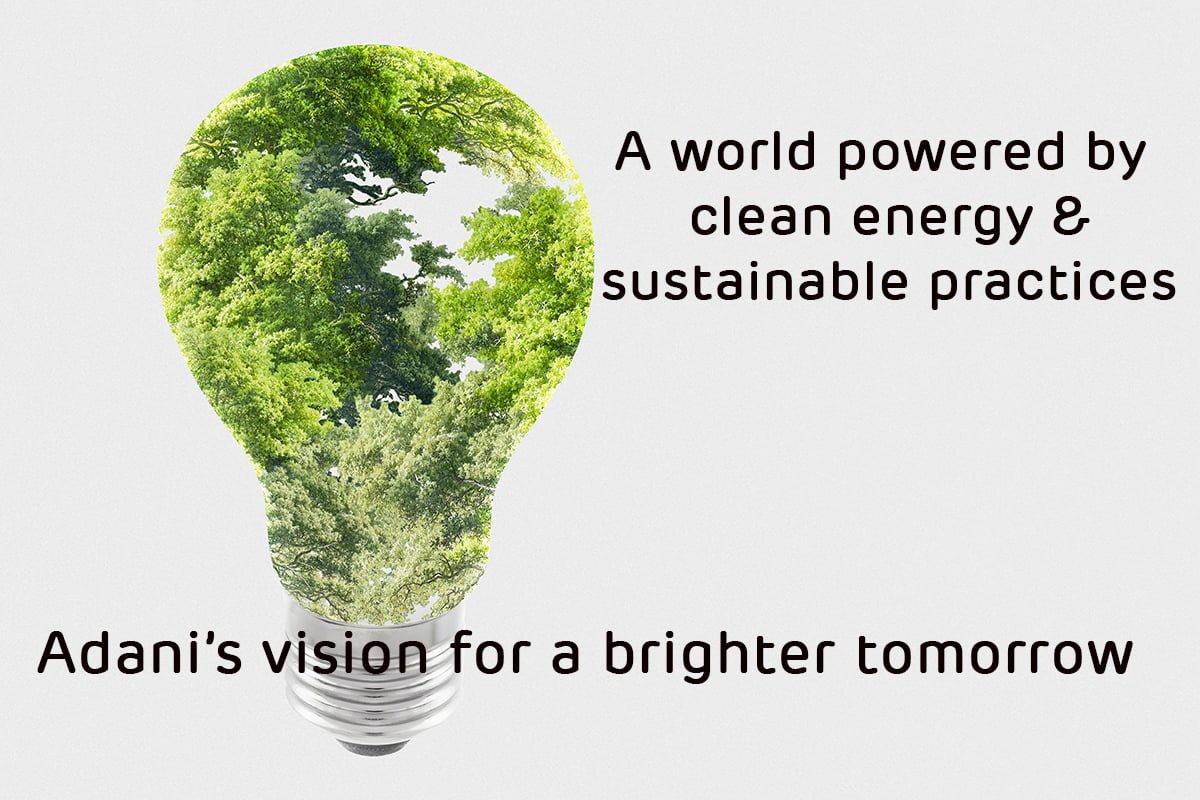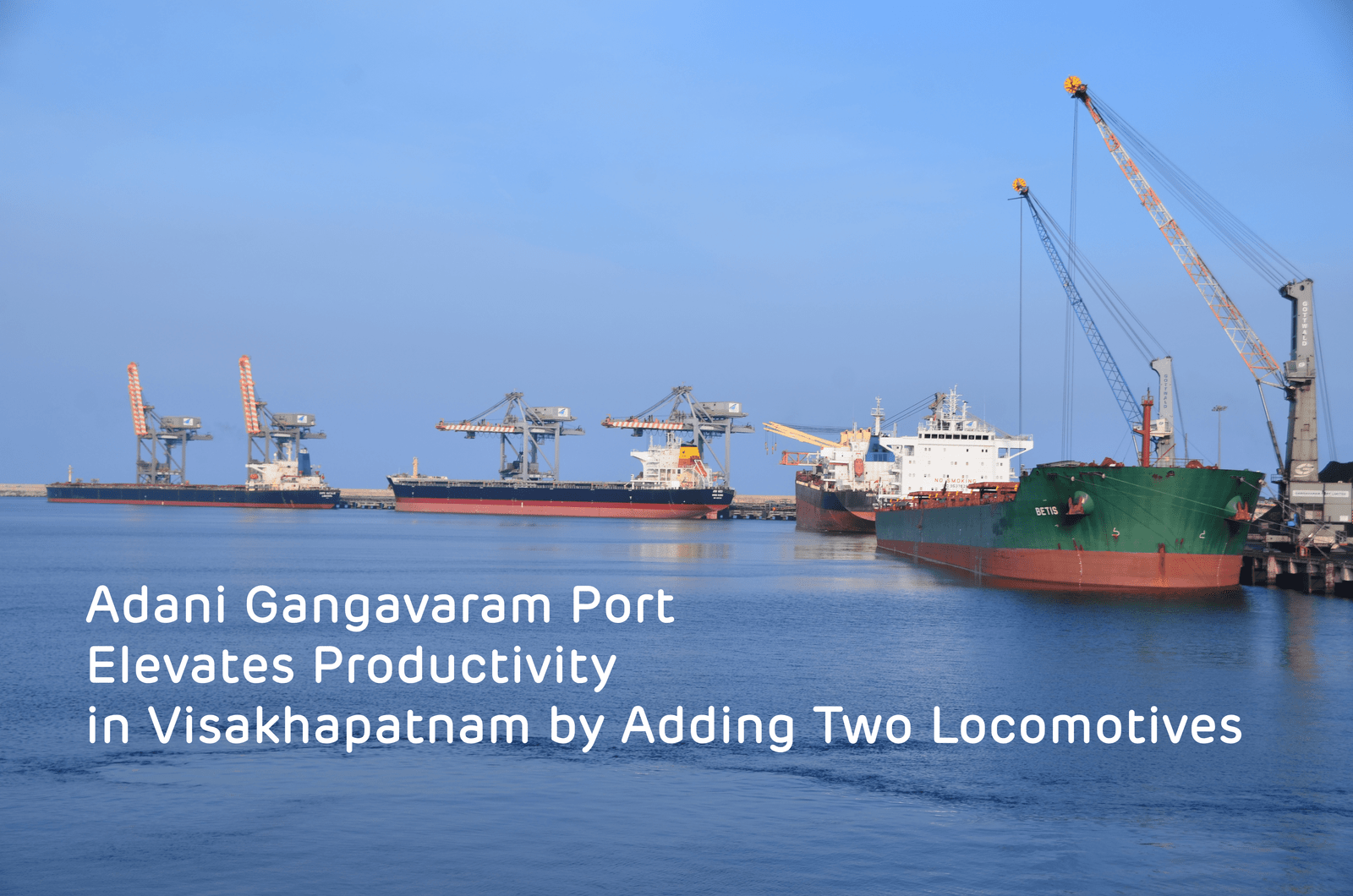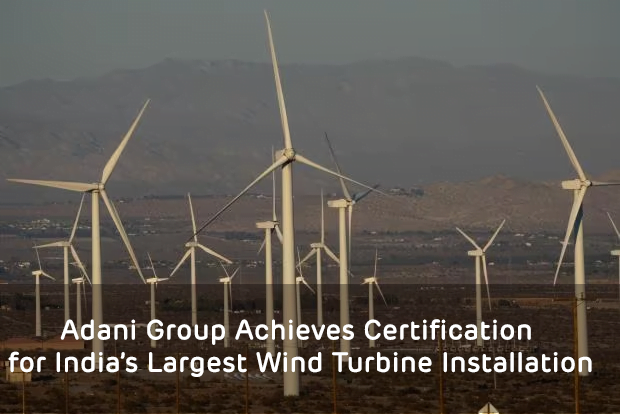Much has been written about the recent power pact between two of India’s major conglomerates. Some described it as a first-of-its kind agreement, others said it was a strategic step, while some others hinted at a possible warming of ties between the two. Whatever the case, this coopetition makes business sense because a strategic alliance like this can strengthen both companies.
Successful companies see each pact or alliance as an opportunity to broaden their capabilities. Their eyes are set on clear strategic objectives when they enter into agreements because they understand that their partners’ objectives will affect their success. They use it to build skills and systematically adopt the knowledge so gained.
“A strategic alliance between competing companies or businesses that engage in both competition and cooperation are said to be in coopetition,” explains Investopedia. “Certain businesses gain an advantage by using a judicious mixture of cooperation with suppliers, customers, and firms producing complementary or related products.”
The term ‘coopetition’ was coined by Ray Noorda, the former CEO of Novell Inc., who described it as a common phenomenon in the computer industry: cooperation between competitors. Professors Adam Brandenburger and Barry Nalebuff introduced a framework of coopetition in their book, ‘Co-opetition’, in 1997. In the book, they explained it as a business strategy that goes beyond the old rules of cooperation and competition to combine the advantages of both, leveraging business relationships.
It takes two to cooperate
There’s a lot of hullabaloo over Mukesh Ambani’s Reliance Industries Ltd (RIL) buying a 26% stake in a power project of Gautam Adani. RIL signed a pact with Mahan Energen Ltd (MEL), a wholly owned subsidiary of Adani Power Ltd, to use 500 MW of electricity from its plant for captive use. This is the first time the business houses have collaborated for any venture. Under the agreement, MEL agreed to allot 5 crore equity shares of face value of Rs 10 each to RIL at par, as per news reports.
If one delves deeper, the development is nothing out of the ordinary. The companies carried out the transaction within the ambit of a government ruling. As per the Electricity Rules, 2005, a captive user – in this case RIL – shall hold at least 26% of the ownership in the generating plant, MEL, and consume the electricity generated, on an annual basis, in proportion to their shares in the ownership of the power plant. RIL and MEL have entered a 20-year long-term power purchase pact that will enable RIL to be the captive user of 500 MW generation capacity in one unit of MEL of 600 MW capacity.
Competition, no doubt, is the force that compels one to remain ahead of the curve. However, it is often seen that firms make a pact to attain a common goal, as in this case, that emphasises more on their well-being than on earning individual profit. In India, which is a developing economy, it is expected of businesses to expand while solving unique problems because “pooling of resources can make the whole market much more efficient,” say experts.
Brandenburger and Nalebuff cite reasons for competitors to cooperate. “It can be a way to save costs and avoid duplication of effort. If a project is too big or too risky for one company to manage, collaboration may be the only option. In other cases, one party is better at doing A while the other is better at B, and they can trade skills. And even if one party is better at A and the other has no better B to offer, it may still make sense to share A at the right price.”
Collaborating with competitors makes sense as a strategic alliance paves way for new learnings and finding solutions in a disruptive business landscape.










